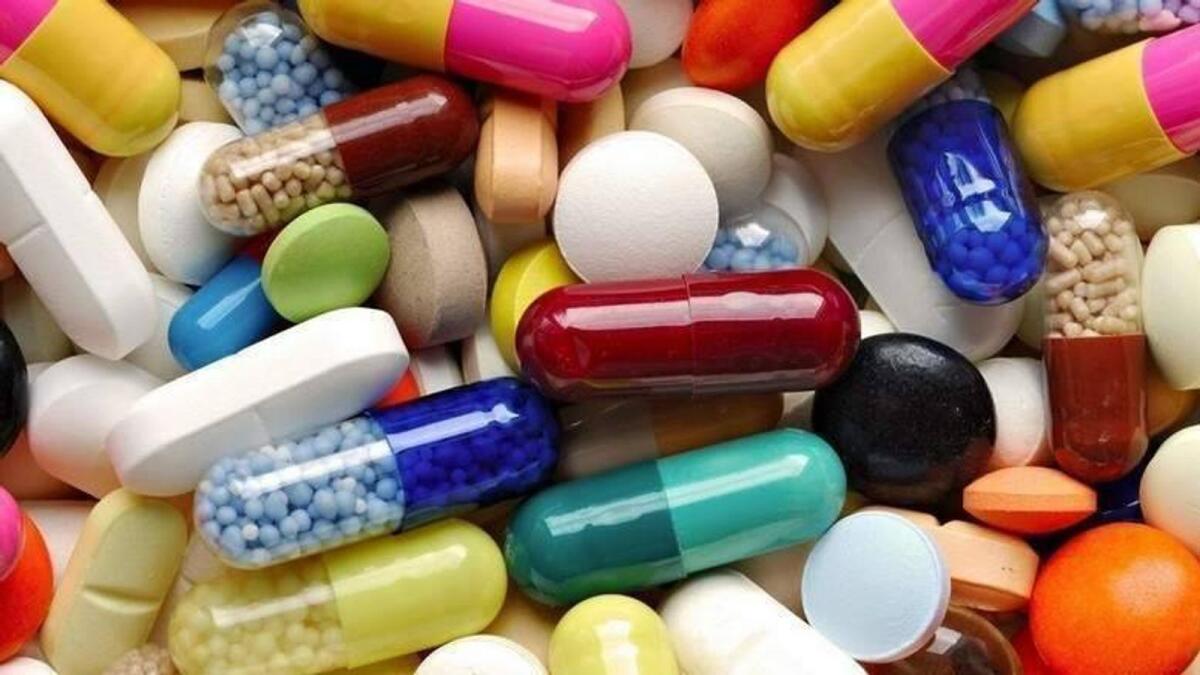Organ donation in Malaysia dates back to 1975 where the first living kidney donation was performed in Hospital Kuala Lumpur (HKL). Organ donation is a noble act as it can change many lives. It is estimated that one donor can at least save 8 lives. Currently, you can simply sign up for organ donation via MySejahtera app. Health screening can help understand if you are suitable for being a donor. In this article, we will be learning about a medical condition that is associated with organ donation which is graft-versus-host-disease (GVHD).
GVHD is a life-threatening complication that occurs after transplant of stem cells or bone marrow. It occurs as a result of the donor’s white blood cells known as the T cells (the graft) that see the patient’s healthy cell (the host) as foreign body and attacking them. In simple words, the graft is the bone marrow or stem cells of the donor and the host is the person receiving the transplant. A stem cell or bone marrow transplant from another person is also called an allogeneic transplant. GVHD is considered an autoimmune-like inflammatory disease. This reaction can be mild, moderate or severe. In some cases, it may actually lead to death.
In general, all patient’s donors will receive some type of GVHD prevention. This includes removing the T cells from the donor graft and/or giving medications to suppress the T cells in the graft. There is no standard regime in preventing GVHD and different combinations of medications are dependent on the healthcare facility. Common medications include corticosteroids, cyclosporine, methotrexate and tacrolimus.
GVHD is divided into two types. It is important to understand the differences between the two types as it occurs at different times and may be presented with different symptoms. Treatments also may differ to treat this condition.
1- Acute GVHD- this GVHD is usually developed within the first 100 days after transplantation may also occur later. Acute GVHD can affect skin and the gastrointestinal tract. Symptoms such as skin rash often involve the trunk and the limbs, nausea, vomiting, abdominal cramps, loss of appetite, diarrhoea and jaundice (yellow tinge of the skin or white part of the eyes). Patients with this type of GVHD are usually successfully treated with immunosuppression medication such as corticosteroids. Patients with mild acute GVHD and only involves skin will usually continue with their original medication and use topical steroid cream on the affected skin. In patients with a reaction that involves the whole body system and or severe one usually continue immunosuppressive prevention and corticosteroid.
2- Chronic GVHD- this GVHD is a syndrome that may involve a single organ or several organs. Chronic GVHD may be an extension of acute GVHD or may emerge after the acute GVHD resolves. Symptoms can be confusing and depend on the organs affected. For example, if mouth is involved, symptoms such as very dry mouth, painful mouth ulcers, difficulty eating and gum disease or tooth decay can be found on top of skin rash issues. Patients with mild symptoms of chronic GVHD and symptoms limited to a single organ can often be treated with topical steroid ointments or immunosuppressive eye drops when it involves eyes. Patients with severe symptoms or involved many organs usually require treatments intravenously through the vein such as corticosteroid infusion.
It can be difficult to predict who will be getting GVHD after a transplant and the fact that GVHD itself may occur in any of the two types, or worst, overlap, makes it hard to detect GVHD early on. Thus, understanding risk for GVHD can prepare the host both mentally and physically for the possible outcomes. Those higher risk for GVHD is:
- Donor is not related to the host. Even a non-identical twin who is the donor may still cause GVHD for the twin as the host.
- The best available bone marrow donor is still a slight mismatch.
- The donated stem cells or bone marrow contain a high number of T cells.
- The donor or the host is older.
- The donor is the opposite sex of the host. This is especially true if the male is the host and receives a female donor who has had children or pregnant in the past.
- The donor is positive for cytomegalovirus and the host is negative for cytomegalovirus.
- Host has donor lymphocyte infusion (DLI) using white blood cells from the donor. This type of infusion means that the host is receiving lymphocytes from the blood of the donor who has also already received the stem cell transplant from the same donor.
After a transplant, recipients usually take immunosuppressive medicine such as prednisone (a type of corticosteroid) to reduce chances or the severity of GVHD. Recipients will continue to take the medicines until their healthcare provider evaluates the risk for GVHD is low. Since the medicines may have side effects especially when taken in a long period, recipients are advised to get regular tests such as blood tests to prevent such side effects.
In essence, GVHD may occur to anyone receiving stem cells or bone marrow transplants but by taking GVHD prevention, episodes and severity of the GVHD can be reduced. Should the recipient or host experience symptoms relating to GVHD or any unusual symptoms, they should call their healthcare provider right away as this can be a very dangerous situation. Buy COVID-19 Antigen Rapid Test Kit











